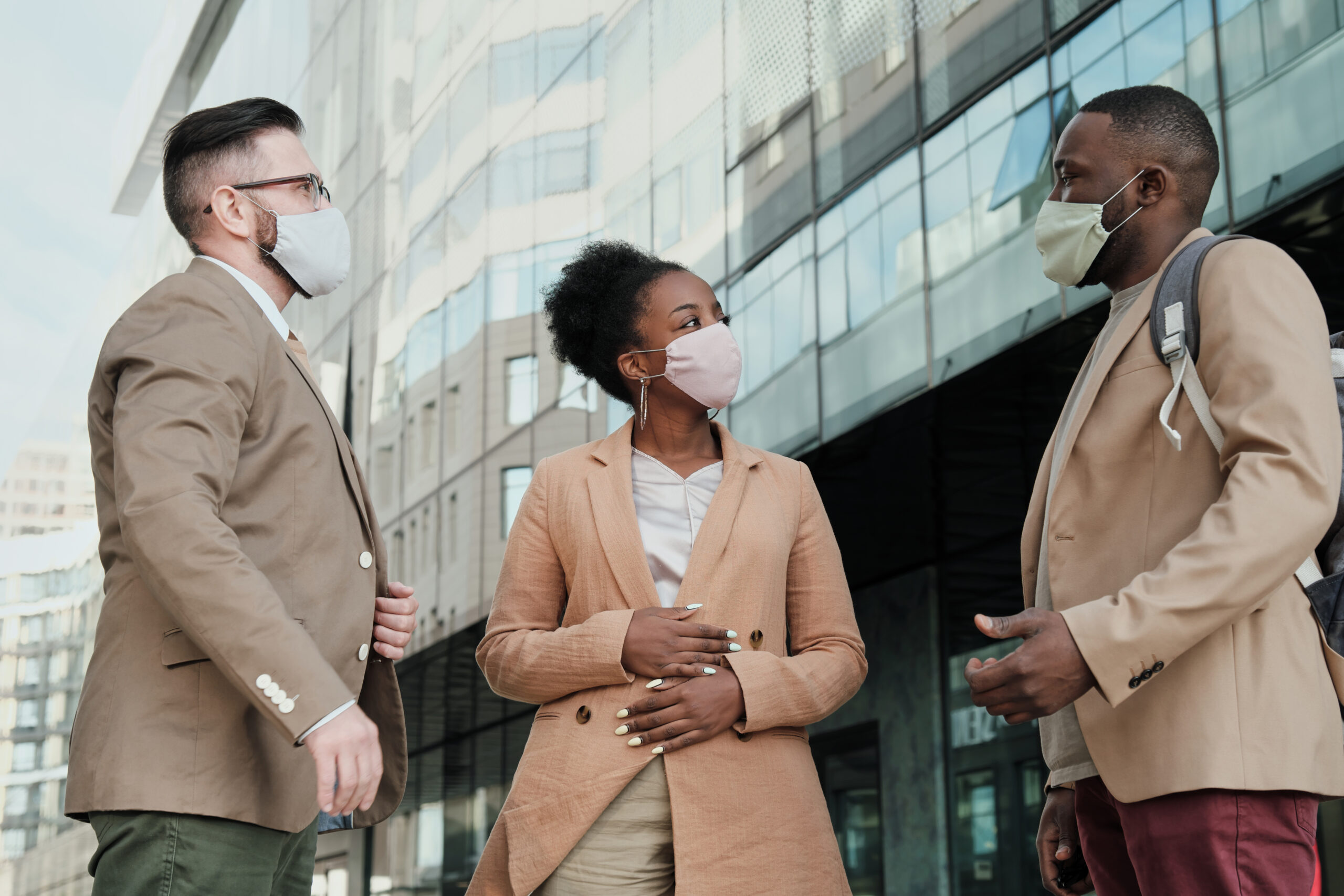
09 Aug Contingency Planning for In-person Events
As the world works to shake off the pandemic, event planners are continually asking—and being asked: Is it time to commit to a live event again? There are many factors to consider.
“Planners are faced with huge decisions, which can be further complicated by changes yet unknown and caused by COVID variants,” says JDC Events Senior Director, Client Engagement and Operations Kara Dao, CEM. “We long to get back to what we know, and we crave normalcy—we want to forget 2020 ever happened. Instead, we must learn from the experiences of this past year and develop multiple layers of contingencies so we are prepared going forward.”
The goal, says Dao, is to have a strong, multilayered contingency plan—one that takes into account as many scenarios as possible while event participants, planners, and staff reacclimate to the world. People will still be reticent when in the presence of crowds, whether in a static situation or mingling, so what extra efforts should be taken to ensure their comfort?
A MULTI-LAYERED APPROACH
Sanitizer, face masks, and social distancing standards will, of course, very likely be the norm for some time to come. But what other measures need to be considered? To begin planning, says Dao, consider how far you need to take your health and safety efforts. “The first layer to uncover is the state requirements,” she says. “Next, you must consider venue requirements, and then peel down to what your audience will expect.”
Some of those expectations will include a virtual component for event participants who are not yet ready to attend in person. “Even when you commit to going live, you will still likely have some components that are virtual,” says Dao. “These participants have unique needs and they are still an important part of your event community. So in addition to live components, you should also consider which portions of the event to pre-record, what to broadcast live, and whether to offer virtual access to the exhibit hall.”
JDC Events has specific standards when it comes to contingency planning for each event. “Once we develop a plan for the in-person event and a plan for the virtual event, we look at where these two might meet up. Then, we formulate a third plan, which is to execute the bridge area between the two events.” Within the three plans, JDC looks at contingencies for the “what if’s”: What if there are fewer in-person participants than expected? What if a speaker or speakers can’t attend in person? What if there is a new variant outbreak requiring reinstatement of hardline health and safety measures?
ONSITE MODIFICATIONS
One example of an onsite contingency plan: stage attendees in a ballroom with eight people to a round, but in a room that is twice the size needed. The airwall is pulled to keep the space from appearing too cavernous, but if needed, this can be opened and the tables arranged with four people per round, equally spaced from one another. Add repeater video monitors mounted in areas farthest from the presentation to ensure everyone enjoys the content.
Other onsite modifications may include designing a more abbreviated event to give participants downtime between sessions and networking, or providing a socially distanced “escape” room intended for introspection and relaxation while participants recharge their batteries.
Consider attendees who may not be quite ready to commit in your marketing as well; include language to instill a sense of comfort. Introductory verbiage such as: “After more than a year of not gathering in large groups, it’s a bit daunting to be propelled back into this environment. (Organization) understands the hesitancy to return to in-person events. To safeguard everyone’s safety, we’ve taken the following precautions: (list here)” can begin to help participants feel that they are in more-than-capable hands.
Even with all the planning, there will still be plenty of unknowns—even more than usual with pre-pandemic events. “Admittedly, coming together again can be exhausting,” says Dao. “But thoughtful contingency planning can help alleviate some of the concerns we all have when planning and attending live events.”
For more tips on planning face-to-face events in an ever-changing world, check out our Health and Safety Procedures in a Post-Pandemic World, and continue to watch this space for updates. For the latest guidelines on planning a gathering, visit the CDC website.

Kara Dao is the Chief Operating Officer at JDC Events. She has a degree from George Mason University and over 2 decades of leadership and executive experience in the events industry. Kara is certified by the Institution of Occupational Safety and Health, has her Certification in Exhibition Management (CEM) and has served as a Mentor for the International Association of Exhibitions and Events (IAEE).



